
SEAT Ateca engines, drive and performance
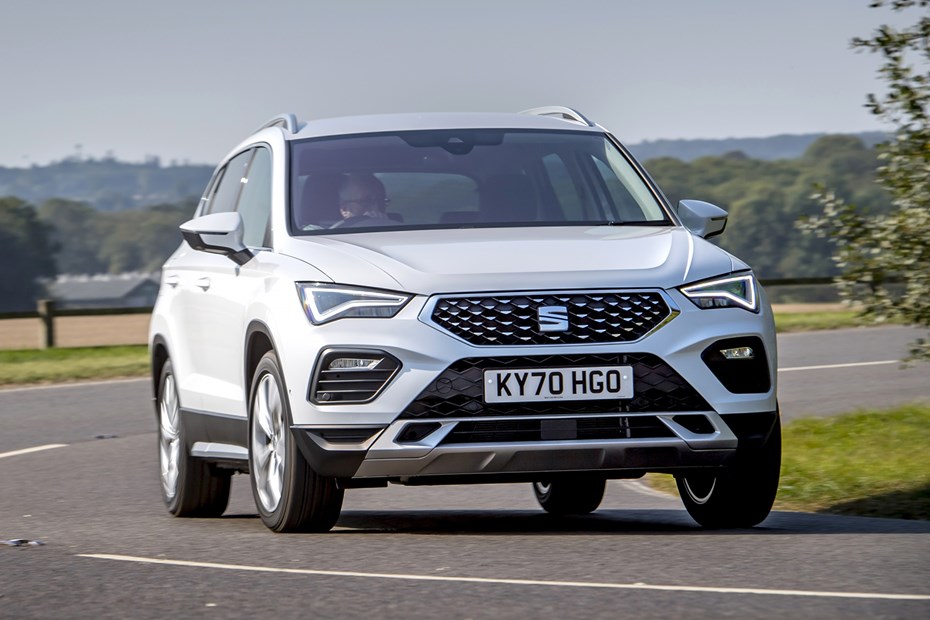
- Engine line-up now 1.0- and 1.5-litre petrol only
- Sharp handling for an SUV
- Cheapest engine slightly breathless
Petrol engines
We’ve driven and spent plenty of time in all of these options – and there’s not a dud among them – although for 2024, the old 2.0-litre petrol and diesel models were dropped from the range. The entry-point to the Ateca range remains the 110hp three-cylinder petrol engine. It’s reasonably nippy around town, although it starts to run out of steam once you’re on a faster road – especially if you’re carrying passengers and luggage.
What’s more, it doesn’t promise significantly cheaper running costs than the next size up, despite the fact that it has a smaller displacement and one fewer cylinder. That’s because it needs to work a lot harder to haul the Ateca’s weight.
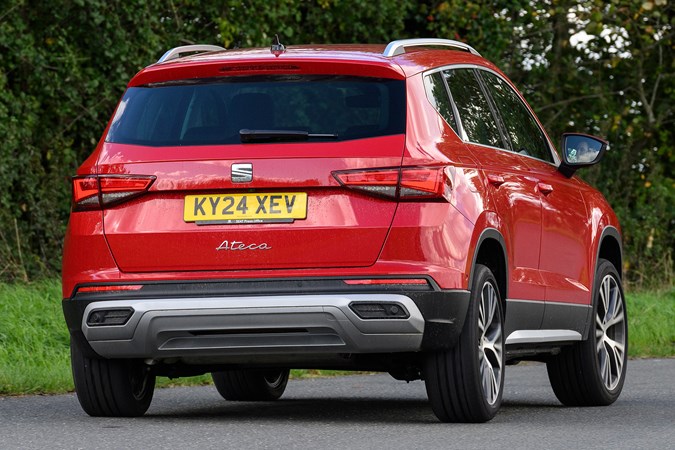
So, if you want a petrol engine, our recommended choice is the 1.5-litre four-cylinder. It has enough poke to make the SUV feel sprightly – and you’ve got a lot more in reserve on the motorway, which means it’s easier to overtake. However, it still returns impressive economy figures thanks to its cylinder deactivation technology.
Both the 1.0-litre and 1.5-litre petrol engines come as standard with a six-speed manual gearbox, although the latter can be optioned with a seven-speed DSG automatic gearbox. The manual is light and slick to use, thanks to the stubby gear stick – but we think the auto suits the Ateca’s nature better.
The flagship petrol engine was a 190hp 2.0-litre four-cylinder unit, shared with the many models across the Volkswagen Group, but that’s now been dropped. If you want a faster model, you’ll need to head straight for the 300hp Cupra Ateca. As for diesel, your best bet is a Skoda Karoq.
What’s it like to drive?
- Handles well for a family SUV
- Firm suspension, but still comfortable
- Adaptive suspension available as an option
We rather like the way the SEAT Ateca drives. It is built on the same mechanical platform as the previous Leon hatchback, which means it shares a lot of its handling characteristics. This is only a good thing, as the old Leon was one of the better-handling family hatchbacks on the market. The suspension is firmer than most rivals and this means the body doesn’t roll around as much in corners like other SUVs.
The steering is quite light, but it reacts quickly to small movements, which makes easy work of manoeuvres around town. It also helps to make the Ateca feel agile through the corners if you fancy a more spirited drive on your way home from the school run. It handles country roads with a surprising deftness, offering plenty of grip.
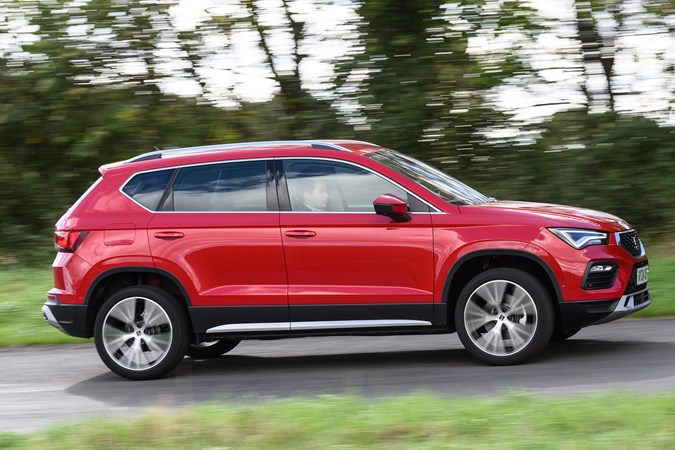
Ride quality differs according to the specification. The four-wheel drive models are firmer, but they have a more sophisticated suspension setup at the rear which means they can better deal with potholes – and they rarely become unsettled. Front-wheel drive variants have a simpler rear setup, which has a significant effect on ride comfort and noise.
SEAT’s 2020 facelift introduced adaptive suspension on the more expensive models, which gives drivers a few suspension settings to play with. In Comfort mode, the chassis does a good job of smoothing out bumps and isolating the cabin, while Sport mode sacrifices a bit of pliancy for better body control – but it’s still far from uncomfortable. As such, this option is well-suited to maximising comfort on models with larger alloy wheels.
The fancy suspension is coupled with a series of drive modes, which allow you to tailor the throttle response, steering weight and gear shift patterns (on automatic cars). Dubbed the SEAT Drive Profile, it offers a choice of four driving modes – Normal, Sport, Eco and Individual, which allows you to tailor the settings to your own preference. We’re not sure it’s worth the money.


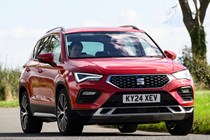
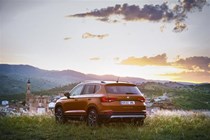
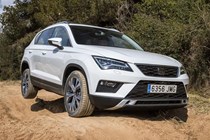

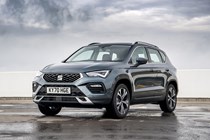
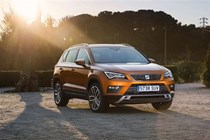
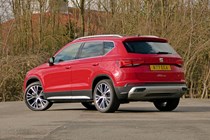
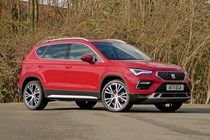
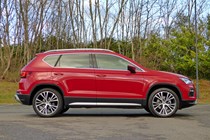
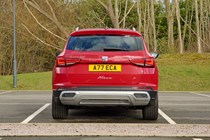
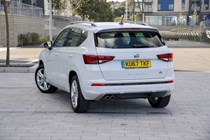
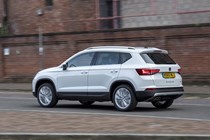

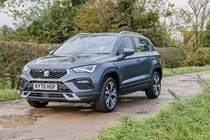
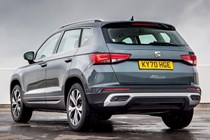
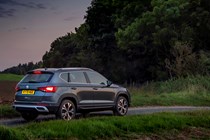
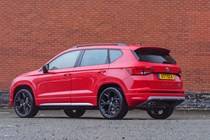
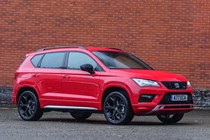
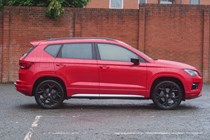
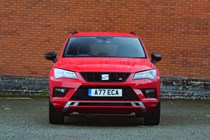
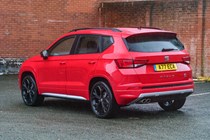
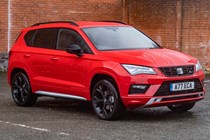
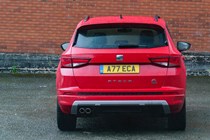
.jpg)
.jpg)
.jpg)
.jpg)
.jpg)
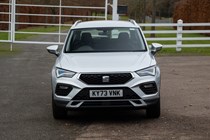
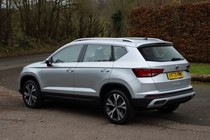
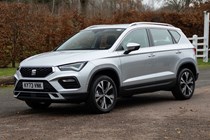
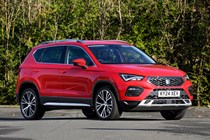
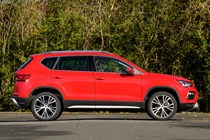
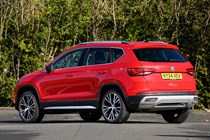

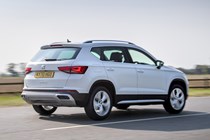
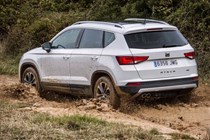
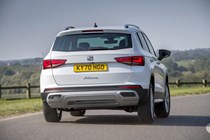


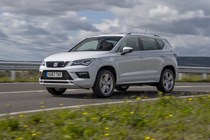

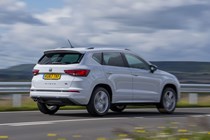
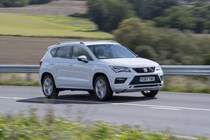
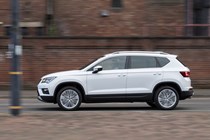
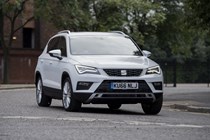

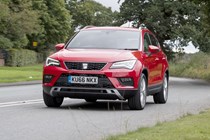
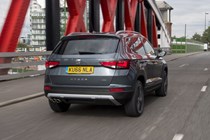
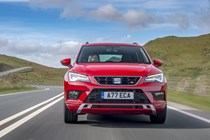
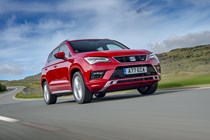

.jpg)
.jpg)
.jpg)
.jpg)


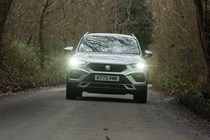
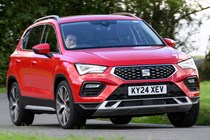
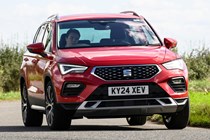


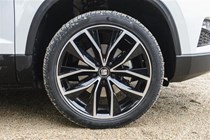
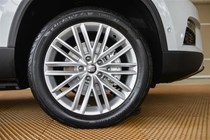
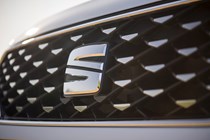
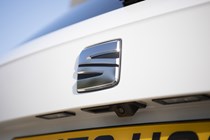
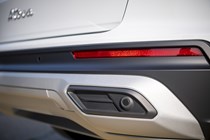
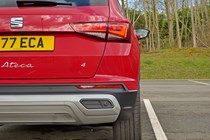
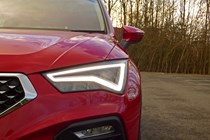
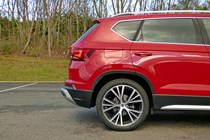
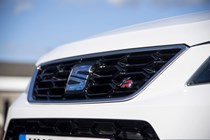

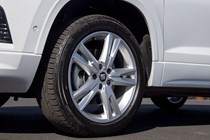
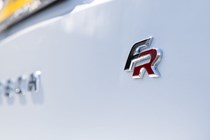
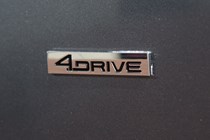
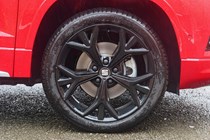
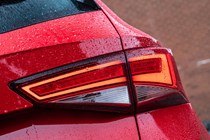
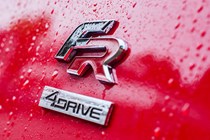
.jpg)
.jpg)
.jpg)
.jpg)
.jpg)
.jpg)
.jpg)
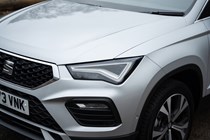
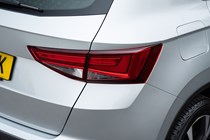
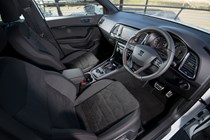
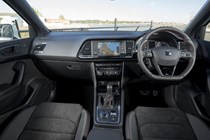

.jpg)
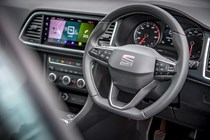
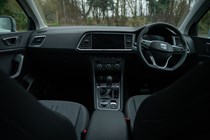
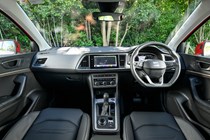
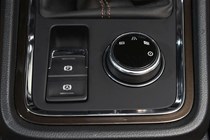
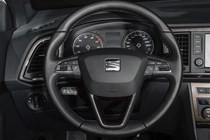
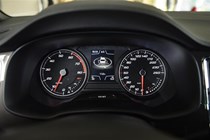
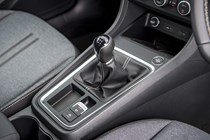

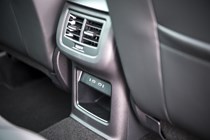
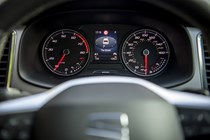

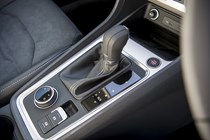
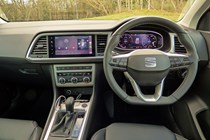
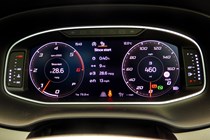
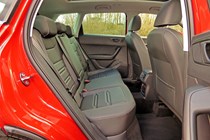
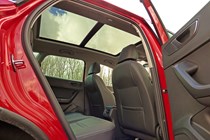
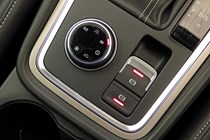

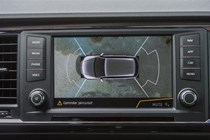
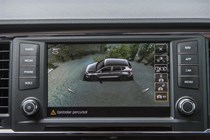
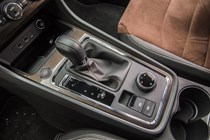

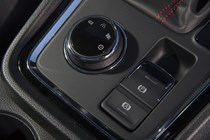
.jpg)
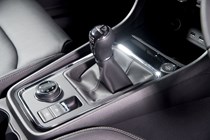
.jpg)
.jpg)
.jpg)
.jpg)
new.jpg)
.jpg)
.jpg)
.jpg)
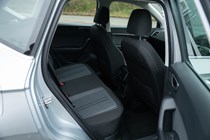
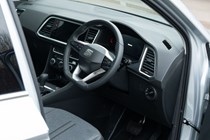
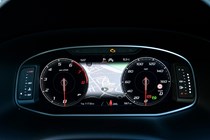
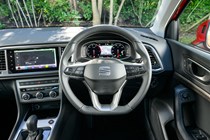
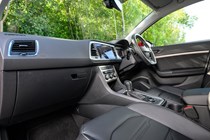
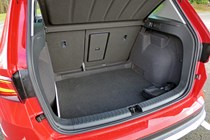
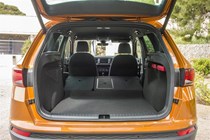
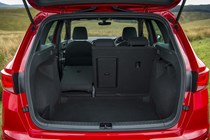
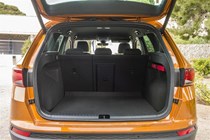
.jpg)
.jpg)
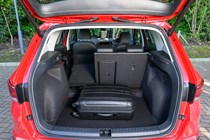
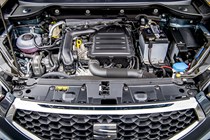
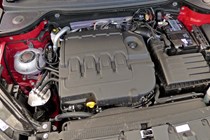
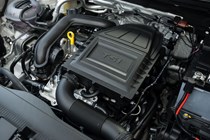
.jpg)
.jpg)
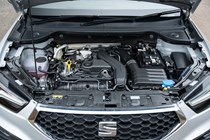























.jpg?quality=50)
.jpg?quality=50)
.jpg?quality=50)
.jpg?quality=50)
.jpg?quality=50)
























.jpg?quality=50)
.jpg?quality=50)
.jpg?quality=50)
.jpg?quality=50)























.jpg?quality=50)
.jpg?quality=50)
.jpg?quality=50)
.jpg?quality=50)
.jpg?quality=50)
.jpg?quality=50)
.jpg?quality=50)





.jpg?quality=50)























.jpg?quality=50)

.jpg?quality=50)
.jpg?quality=50)
.jpg?quality=50)
.jpg?quality=50)
new.jpg?quality=50)
.jpg?quality=50)
.jpg?quality=50)
.jpg?quality=50)









.jpg?quality=50)
.jpg?quality=50)




.jpg?quality=50)
.jpg?quality=50)
